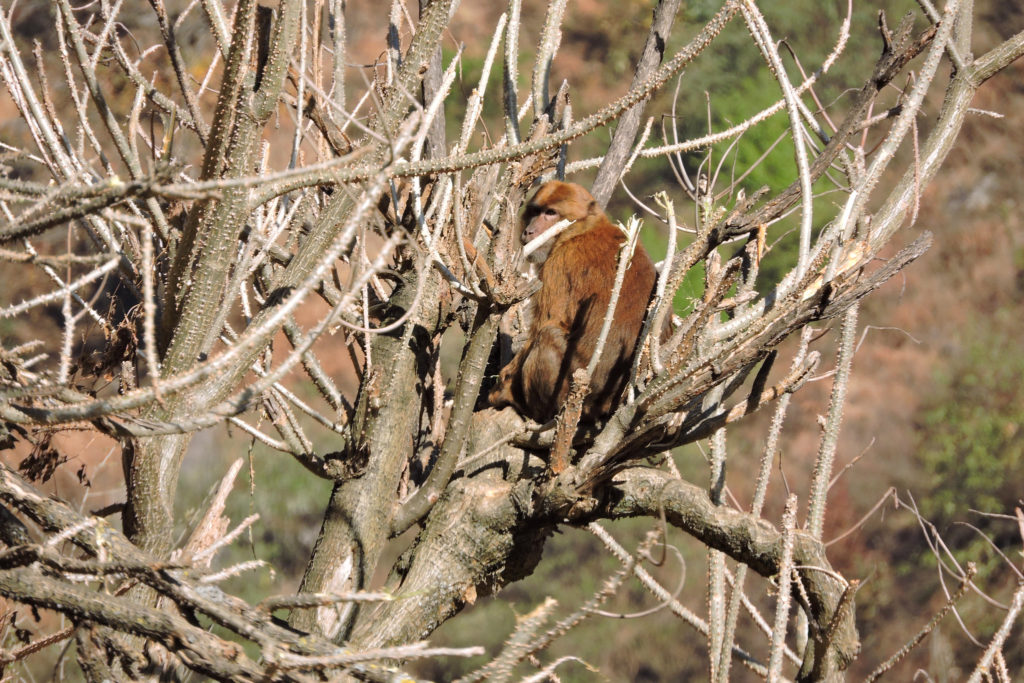In taxonomy, a type specimen is an individual organism used to officially represent a species or subspecies. The type specimen referenced when describing a new species for the first time is called a holotype. No new taxon can be officially named without a holotype, according to the rules of the various International Codes of Nomenclature, which apply to different fields of biology (including zoology, botany, and microbiology). Traditionally, holotypes are physical specimens, meaning that unless biologists can obtain an organism that’s already dead (or capture one alive and care for it for the rest of its life), they must kill a member of the newly discovered species in order to describe it.

Obviously, this presents a number of ethical concerns. If a new species turns out to be critically endangered, the killing of even one individual can significantly increase the species’ probability of extinction, not only by reducing the total population number but by removing genetic diversity, orphaning young, or disrupting larger social structures. The collection of specimens for scientific study has in fact tipped several species over the edge; for example, the (in)famous ornithologist Rollo Beck killed nine of the last 11 known Guadalupe caracaras and three of the last four Pinta Island tortoises for museum collections. Although modern conservation biologists are undoubtedly more cautious in collecting than the naturalists of centuries past, it remains fully possible that the process of describing a new, rare species could do more to further endanger it than to protect it.
Besides threatening conservation, the killing of an animal should also raise ethical concerns in itself. The decision to take any sentient life demands careful cost / benefit analysis and consideration of whether the same information can be obtained through non-lethal means. If we accept that capacities like self-awareness, social relationships, and the capacity to suffer (now well documented in many animal groups) entitle a being to moral consideration, we must seriously reflect on whether we even possess the right to obtain new information at animals’ expense. Will naming a population of animals as a new species directly benefit those left alive, serving a “greater good” large enough to outweigh the fear, pain, and death of the holotype? As ornithologist Thomas M. Donegan (2011) puts it:
“I consider that killing should not be undertaken lightly or for reasons of convenience as is currently the practice. And even if we consider that it is on the facts impossible to test a certain hypothesis without taking a specimen, we should ask a final important question: whether we as human beings have the right to find out the answer to that question where to do so would require the death of another creature.”
Killing in order to study (and therefore conserve) may also create an “image problem” for conservation, confusing the general public, creating backlash against conservationists, or setting an example for amateur nature enthusiasts that it’s okay to kill wildlife out of curiosity.

Although physical type specimens remain the norm in taxonomy, there have been instances in which new species have been described (and accepted by the scientific community) without collecting an individual. In botany it was once the norm for many plant species to be described from photographs or even detailed drawings, although as of 2007 this is no longer allowed for new botanical taxa. In mycology, new species of fungi have been named based solely on genetic samples from environmental DNA. In zoology, several species have been named in peer-reviewed publications using photographs of living animals as holotypes, including the Arunachal macaque and Bugun Liocichla. In the latter case, the bird’s discoverer Ramana Athreya (2006) specifically cited conservation concerns in opting not to kill a specimen, as the entire known population consisted of only three breeding pairs.
Photographs, hair/feather samples, or genetic material may be sufficient in order to distinguish new taxa and base decisions on how to protect them, and photos and movies may make better holotypes for organisms that don’t preserve well. New technologies could also produce other alternatives for traditional holotypes, such as next generation trail cameras that can produce detailed 3D models from a series of photographs. Some researchers remain skeptical of alternatives to killing, arguing that physical specimens provide the most detailed information, offer security against hoaxes and forgery, and are necessary to differentiate closely related species that may appear outwardly the same. However, naming species without killing holotypes is fortunately becoming more mainstream, as scientists grapple more with the ethics of killing, especially in the midst of a biodiversity crisis.
It is time for conservation biology to move away from killing members of new species in order to describe them. Transitioning to non-lethal methods of study may create temporary inconveniences for some zoologists, but scientists of all people must not be afraid to innovate, especially to better save both endangered species and the living individuals of whom species consist.
Featured image: frog specimens in jars. Image credit kqedquest, CC BY-SA 2.0.






1 Comment
I really love reading your blog. It is very well composed and easy to understand. Thanks very much! If you have more time, please visit: